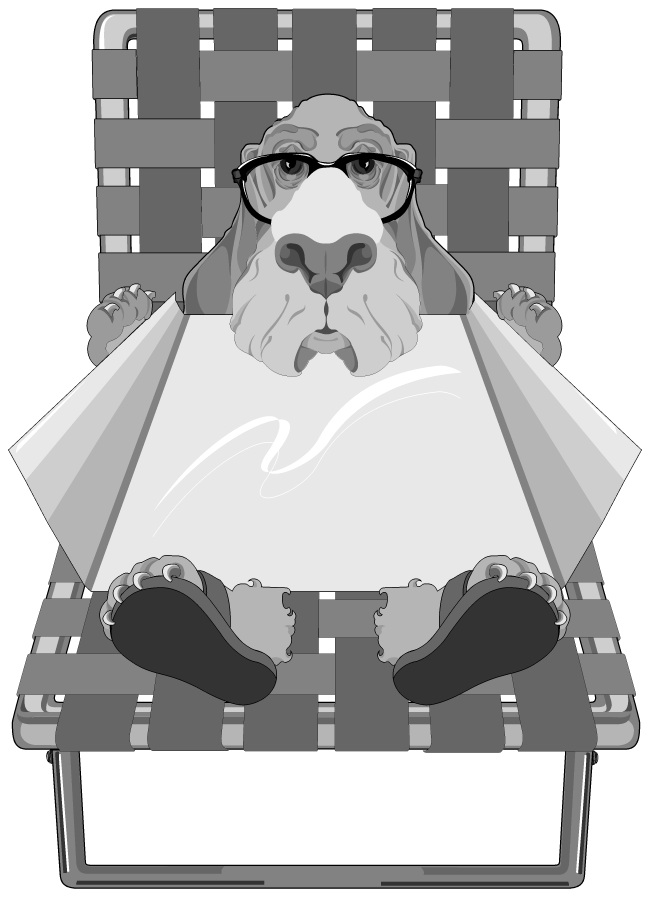 When a dog is afraid there is a rise of stress hormones in their bodies and brains. These hormones help the dog prepare to save their lives. They may stand stock still, flee if they can, beg for mercy or tell you in no uncertain terms, no means no. These are all responses to fear. These same hormones, if circulating in their systems routinely, can contribute to a variety of illnesses and diseases. It’s one thing to be scared every once in a while, it’s another to be scared most of the time. Bodies and brains don’t do well when they are stressed by fear a lot of the time.
When a dog is afraid there is a rise of stress hormones in their bodies and brains. These hormones help the dog prepare to save their lives. They may stand stock still, flee if they can, beg for mercy or tell you in no uncertain terms, no means no. These are all responses to fear. These same hormones, if circulating in their systems routinely, can contribute to a variety of illnesses and diseases. It’s one thing to be scared every once in a while, it’s another to be scared most of the time. Bodies and brains don’t do well when they are stressed by fear a lot of the time.
One way to lower the stress a dog experiences is by helping them to figure out what is going to happen next. When I led adventure travel trips there were people who were fine being told what they needed to wear, bring or do with just enough advance warning for them to get themselves organized. There were others who preferred to know, in as much detail as possible, as far in advance as I could tell them, what was going to be happening in the near future. Not knowing was stressful to them. So, to the best of my ability, I told them. The people who it didn’t matter to would sometimes roll their eyes and I could almost hear their, ‘Oh chill out already’, thoughts when someone would ask me a barrage of questions about what was coming up. If something doesn’t matter to us personally, it’s easy for us to discount someone else’s concern about it. Since I was organizing a vacation for people I did what I needed to do to help my clients feel as little stress as possible.
Our brains do a great job of being able to predict things. It’s an energy saver. If every single time you experienced the same thing you had to ‘think’ about, to process it and decide what you were going to do, not only would you waste time, you’d be burning more calories, and efficiency is a keystone of success. Our brains are so good at it that it can be dangerous. Ever find yourself driving down a familiar stretch of highway and suddenly realize that you weren’t sure whether you had missed your exit or not? Your brain had become so good at predicting what to do next that you were driving without consciously thinking about where you were or what you were doing.
Helping fearful dogs learn to predict what is going to happen next can lower the stress they are experiencing. A dog who learns that a hand reaching out to them is going to be tossing a treat, doesn’t have to be startled and scurry away when they see hands moving. I use that same hand movement with fearful dogs to get them to move away from me when I’m going to do something I know will scare them. Things like getting up out of a chair or walking in their direction. The hand gesture, a sort of ‘no you go first please’ sweep of an outstretched arm comes to predict the startling event of me moving. Being able to predict this does two things, it tells the dog in advance to move BEFORE they feel scared, and by putting themselves a safe distance away from me, their fearful emotional response is lessened or eliminated. If I toss a treat to them at the same time they can learn that what was once a startling event is now a predictor of good things. If I don’t reach for the dog or put too much social pressure on them their overall fear of being around me decreases. This lowers their stress and can make it easier for them to learn new behaviors.
Luring or tricking dogs into doing what we want or getting them where we want, when the outcome is scary to them, is a sure fire way to confirm that we are unpredictable and the dog needs to keep their guard up. Help your dog feel less stress and anxiety by coming up with predictable routines and behaviors that helps them know what’s happening next. Everyone deserves the opportunity to chill out once in awhile.





